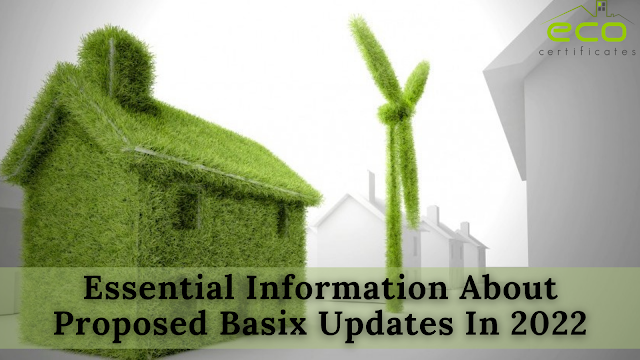Essential Information About Proposed Basix Updates In 2022

What is BASIX? The Building Sustainability Index, commonly known as BASIX, is an NSW Government initiative that aims at reducing the use of water and electrical power by defining sustainability targets for new and remodeled homes. The BASIX certificate was introduced for three reasons: To work on upgrading the lifestyle of the people of NSW Safeguarding the climate Maintaining a solid economy Basix identifies various components of residential dwellings, including thermal comfort, water intake and energy consumption capacity, location, construction size and many other important elements to provide the occupants with green and economic living conditions. Wondering what was the impact of the BASIX report and certificate? BASIX has eliminated 12.3 million tonnes of greenhouse gas from entering our air in the past 17 years. The homes that meet the BASIX requirements are collectively estimated to have saved 340 billion liters of potable water and reduced emissions equivalent to 12.3 m





